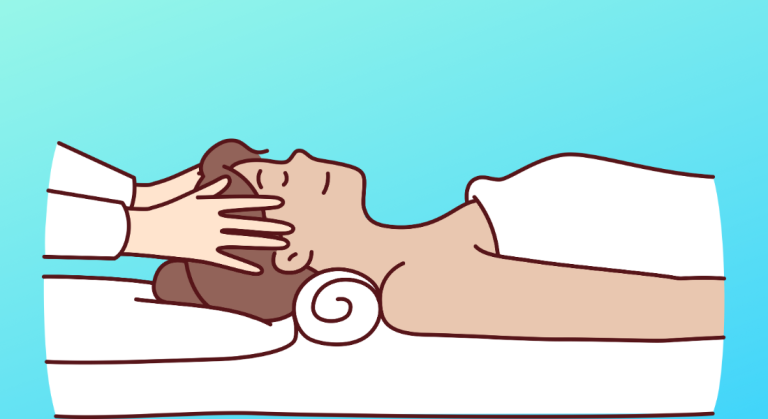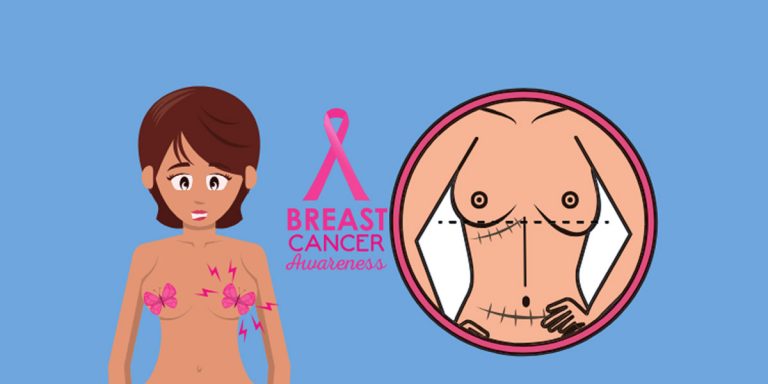A cancer diagnosis can be emotionally and physically challenging. When basic tasks such as walking or standing become difficult, your quality of life is dramatically reduced.
However, maintaining physical activity will improve your strength and help you get through everyday tasks. Therefore, the American Cancer Society recommends physical activity to anyone undergoing cancer treatment. Physical therapy also provides cancer patients with specific exercises to improve their condition.
How can a physical therapist help in the fight against cancer? Read this guide to find out.
What is Cancer?
Cancer is a group of diseases caused by the uncontrolled growth of abnormal cells in the body, leading to the destruction of healthy cells. Cancer cells can spread throughout the body at varying rates, affecting its health and function and even causing death.
Cancer can start anywhere in the body (including organs, bones, muscles, and blood) and is named after the body part where it first developed. In the United States, the most common types of cancer are breast, lung, prostate, colorectal, and skin cancers.
Signs and Symptoms of Cancer
Common signs of cancer are unexplained weight loss, unexplained bleeding or bruising, and skin changes. Symptoms may include pain, fatigue, fever, numbness, headaches, night sweats, and vision problems. However, cancer sometimes does not show these signs and symptoms and is only discovered during medical screening.
How is it Diagnosed?
Cancer is diagnosed by microscopic examination of cell or tissue samples. In some cases, doctors can see whether cancer is present in the body by examining the cell’s proteins, DNA and RNA. These test results determine your treatment options.
Following the diagnosis, your physical therapist will perform a physical examination to identify any problems causing discomfort or limited mobility and then develop a personalized treatment plan to address your needs.
Common Functional Limitations Caused by Cancer
Cancer and its treatments (surgery, chemotherapy, and radiation) may result in impairments and functional limitations, including loss of strength and flexibility, decreased endurance and balance, difficulty walking, swelling in your arms or legs, and abnormal sensations in your hands and feet.
Physical therapy addresses such functional limitations to help you regain motion and mobility so that you can perform your daily tasks with much less pain and discomfort.
How Can a Physical Therapist Help?
Physical therapists can help cancer patients before and after surgery:
Before Surgery: They identify existing problems (by testing your strength, flexibility, balance, sensation, coordination, endurance, and mobility) and develop a specific treatment plan based on the results.
After Surgery: They continue with the above while focusing on helping the incision heal and minimizing scarring.
Overall, fisioterapia for patients with cancer has many benefits. It can improve your flexibility, coordination, balance, aerobic capacity, training ability, surgical incisions, bone strength, mood, and cognitive functions.
Physical Therapy for Patients with Cancer
If you are hospitalized, your physical therapy will focus on bed mobility, transferring from sitting to standing, transferring from the bed to a chair, walking, balance, and endurance. Your therapist will also teach you exercises to perform alone in your hospital room. The goal here is to help you return home safely on discharge.
If you receive your cancer treatment as an outpatient, you are likely strong enough to travel a bit; therefore, you will need slightly different exercises than in a hospital setting. These include biking, treadmill walking, elliptical training, and strength training.
If you are at home when receiving treatment, your therapist will come to your house to assess your living situation and provide tips on improving your mobility around your house. The exercises performed at home aim to improve bed mobility, walking, and stair climbing.
Your physical therapist may also use other techniques (myofascial release, Manual Lymph Drainage, Terapia Manual Funcional, Neuromuscular Reeducation, kinesiology taping) to help reduce any side effects. For example, for lymphedema (a swelling of the lymphatic system caused by some cancer treatments), your therapist will employ manual lymphatic drainage, specific movements, and exercises and teach you about using compression bandages or garments.
What Kind of Physical Therapist Do I Need?
All physical therapists are trained to understand your condition and your cancer diagnosis. That said, you may want to look for a therapist with experience in treating cancer patients. Check their website and see whether they focus on oncology physical therapy, lymphedema therapy, or other specialized cancer treatment.
At the end of the day, you want to find a therapist who understands what you are going through and who has the experience to support you through this time.
How Long Should Physical Therapy Take?
Physical therapy for cancer patients involves working closely with a therapist for the first four to six weeks after diagnosis, then moving on to daily exercises that you can do yourself. Your physical therapist will work with your cancer care team and healthcare provider to set a discharge plan for you.
However, not all patients are the same, and some are discharged from therapy after just a few weeks, while those with severe functional limitations may need longer treatment. That’s why personalized treatment plans are so important, to ensure that everyone gets the care they need.
Summary
Cancer and related treatments may leave you with pain, discomfort, and functional limitations that prevent you from carrying out your daily activities. Physical therapy can address this by restoring your strength and mobility while reducing pain, numbness, and swelling.
Due to years of experience in oncology physical therapy, Chaux Physical Therapy can address your unique goals and needs in cancer therapy. Dr. Alexandra Chaux will work with you to find strategies to manage the side effects of your treatments and improve your quality of life during this challenging period.
To learn more about physical therapy for patients with cancer, contact Dr. Chaux at 805-203-9940 or make an appointment online.




